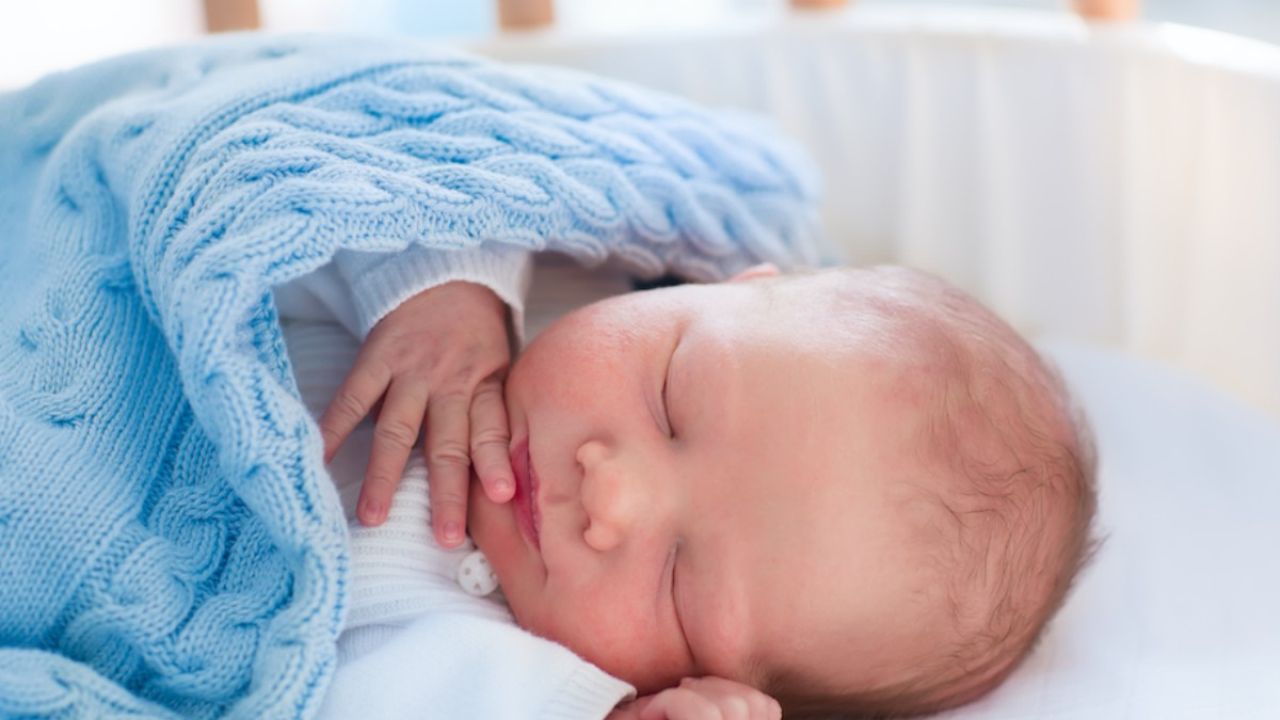
- Babies spend a huge amount of time in their crib, so the safety of the mattress is critical.
- Many crib mattresses are made with a number of toxic chemicals.
- Babies and toddlers are especially vulnerable to the chemicals in their mattresses.
Background
Babies spend most of their time in a crib. But many crib mattresses contain toxic chemicals that can harm the baby.
What makes up a crib mattress
Studies show mattresses release into the air nearly 30 types of volatile organic compounds, or VOCs, and other potentially harmful chemicals, including phthalates and fragrance mixtures, both of which can disrupt the hormone system.
In September 2023, the California Legislature passed EWG-sponsored legislation that would ban the sale of mattresses and other upholstered furniture made with fiberglass and other toxic chemical flame retardants. The bill now heads to Gov. Gavin Newsom for his expected signature.
A typical crib mattress also contains foam made of polyurethane, a petroleum-derived synthetic material. It contains adhesives and other chemicals. That foam core can be enclosed in a waterproof cover, which can also release toxic VOCs.
These chemicals can damage the respiratory and nervous systems.
Babies are at greater risk
Exposure to the substances in mattresses is especially harmful for babies and toddlers, who spend such a significant amount of time in their crib. Newborns sleep on average more than 13 hours a day, and toddlers sleep as much as 12 hours. They may spend more time in their crib when awake, including at day care centers.
Babies and toddlers also face greater exposure in other ways. Their bodies aren’t far above the mattress, so they’re closer to the source of the chemicals. And because of their low body weight, infants and toddlers breathe higher volumes of air than older kids and adults.
And babies and toddlers are especially vulnerable to harm from exposure to toxic substances because of their developing bodies.
What to look for in a crib mattress
Not all crib mattresses are dangerous for babies and toddlers, and a little extra time for research into the product you intend to choose can help steer you toward safer options. Start by consulting EWG’s Healthy Living Home Guide.
Parents and caregivers looking for a crib mattress can:
- Seek safer replacements for fiberglass and other toxic chemicals that can be used to meet fire safety standards, including wool, rayon and polylactic acid batting.
- Choose a crib from a manufacturer that’s transparent about the materials they use.
- Steer clear of mattresses made with PVC or vinyl.
- If possible, choose a mattress made without polyurethane foam.
- Find out what kind of mattress your child is sleeping and playing on during the work day if they’re at daycare.
- Clean the crib mattress regularly with a high-quality vacuum to remove buildup of dust and particles from toxic chemicals.
- Consider an EWG VERIFIED crib mattress. A mattress bearing the mark which is based on standards and criteria developed by our scientists and are based on the latest research.
Finally, unless you choose a mattress made without toxic chemicals, make sure to air it out before your baby uses it, as this can help reduce VOC emissions. With some simple steps, your baby can sleep not just soundly but safely.




